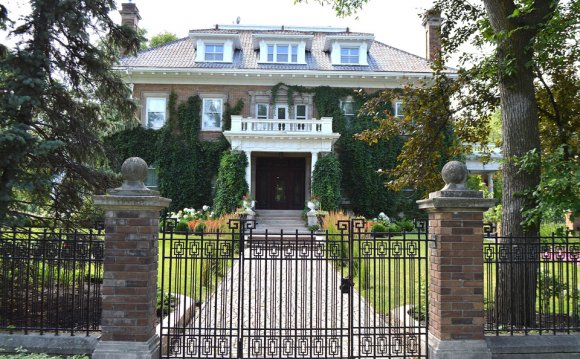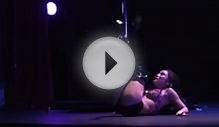
Passive house design is a growing trend in the building design world. It seeks to achieve high levels of energy efficiency through design choices such as super insulation, solar exposure planning and natural ventilation. The first passive house concept was developed at the University of Lund in Sweden in 1988. Now, there are estimated to be 40, 000–50, 000 passive homes around the world, with the first one built in the United States in 2003.
Although the return on investment for a passive home has been well documented, the increased costs associated with their design and construction has raised the barriers to entry. This means that most passive house buildings have mainly been single-family homes built in affluent areas.
The tide is changing, however, as several multifamily passive house buildings have been built or are in the planning stages around the U.S. One example of this is the soon-to-be-completed Harry and Jeanette Weinberg Commons project in Washington, D.C. This multi-unit, passive house design building will soon provide homes for 36 low- and moderate-income families, including 12 families who were previously in the D.C. homeless shelter system. Because utility costs can be some of the largest expenses faced by a family, passive house design allows people to better budget their money for other things such as education, food and family enrichment. The project, part of the Transitional Housing Corporation’s multidimensional low-income outreach, is the first of its kind in D.C. and was recently awarded the First Annual Maryland Innovation & Entrepreneurship in Real Estate Awards by the University of Maryland’s Colvin Real Estate Institute.
A similar project recently completed in Philadelphia, the Belfield Avenue Townhomes, is another example of passive house design being incorporated into a multi-family, low- and moderate-income housing complex. According to an article published by Dwell, “like most Passive Houses, Belfield Avenue incorporates supercharged wall insulation (in this case, nearly eight inches of densely packed cellulose and Polyiso, a type of rigid foam board), triple-pane windows, and an energy-recovery ventilator, which draws fresh air into the house while expelling kitchen and bathroom exhaust.”
According to the U.S.-based Passive House Institute, of the 121 passive homes in the United States that they have certified, 100 are private, single-family residences. It’s encouraging to see this innovative design technique being used more and more in multifamily construction, especially in projects aimed at low-income residents. When people can save money on energy costs, they have more to spend on other things that can greatly improve the quality of their lives. The Polyisocyanurate Insulation Manufacturers Association (PIMA) is proud to be a part of projects like the Harry and Jeanette Weinberg Commons building in Washington, D.C., and will continue to support research for further applications of passive house and net zero energy design.
RELATED VIDEO












